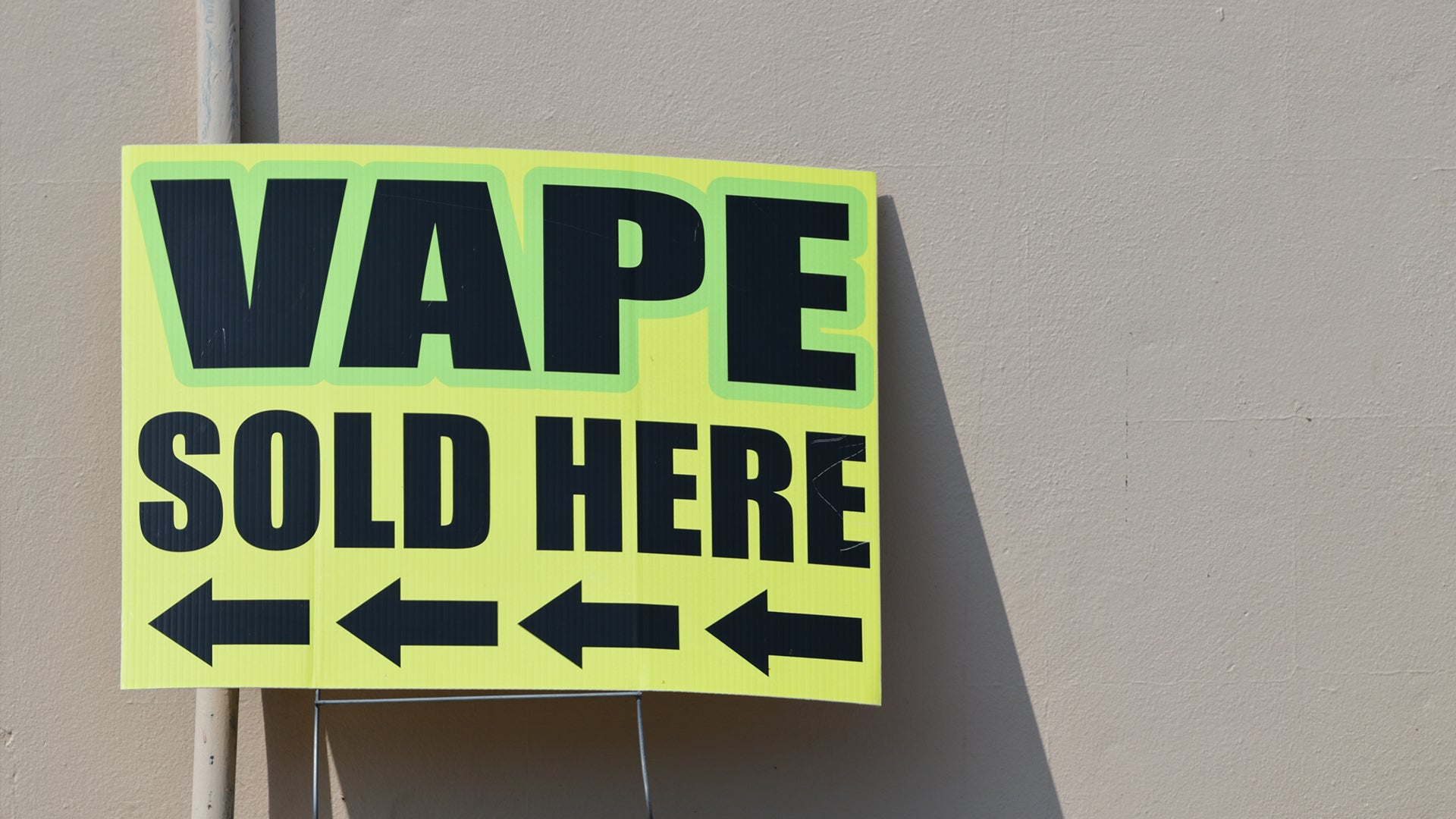WELCOME TO RUTHLESS VAPOR // WELCOME TO RUTHLESS VAPOR // WELCOME TO RUTHLESS VAPOR // WELCOME TO RUTHLESS VAPOR // WELCOME TO RUTHLESS VAPOR // WELCOME TO RUTHLESS VAPOR // WELCOME TO RUTHLESS VAPOR
Vitamin E Acetate's Link to THC Vaporizers

In recent years, the vaping community has faced a distressing epidemic – the rise of EVALI, or e-cigarette, or vaping, product use-associated lung injury. Amidst speculation surrounding its cause, a groundbreaking study has emerged, revealing a disturbing link: vitamin E acetate.
This study meticulously examined samples from 51 EVALI cases across 16 states, alongside a comparison group of 99 unaffected individuals, yielding a startling revelation. Vitamin E acetate, an additive commonly found in THC-containing vaporizers, emerged as a consistent presence among EVALI patients.
Among the 51 EVALI cases analyzed, an alarming 48 patients exhibited the presence of vitamin E acetate in bronchoalveolar lavage (BAL) fluid samples – fluid extracted from the lungs. In stark contrast, the healthy comparison group showed no trace of vitamin E acetate in their BAL fluid.
This finding is not only significant but profoundly concerning, as it underscores a direct link between the use of vitamin E acetate-laden THC vaping products and the onset of EVALI. Moreover, the absence of vitamin E acetate in the healthy comparison group serves to reinforce its role as a potential catalyst for this grievous lung injury.
What further compounds this troubling revelation is the dearth of other discernible toxicants detected in the BAL fluid samples. Apart from coconut oil and limonene, which were identified in only one EVALI patient each, no other harmful substances were detected. This underscores the specificity of vitamin E acetate's association with EVALI and underscores the imperative for heightened caution and awareness among THC vaping users.
Conversely, nicotine-based electronic cigarettes have not been associated with the same risks. Unlike THC vaping products, which often contain additives like vitamin E acetate, nicotine-based e-cigarettes offer a safer alternative.
The absence of vitamin E acetate in nicotine e-cigarettes further solidifies their safety profile and underscores their viability as a harm reduction tool for smokers.
As the vaping landscape continues to evolve, it is imperative that users, manufacturers, and regulators prioritize safety and transparency. The revelations of this study serve as a stark reminder of the inherent risks associated with certain vaping products, particularly those containing THC and vitamin E acetate.
In light of these revelations, concerted efforts must be undertaken to mitigate the proliferation of EVALI and safeguard public health. This necessitates stringent testing and regulation of vaping products, transparent disclosure of ingredients, and comprehensive educational initiatives to apprise consumers of the potential hazards.
By embracing evidence-based interventions and promoting safer alternatives, we can endeavor to avert future outbreaks and foster a healthier vaping environment for all.
Sources
https://www.cdc.gov/tobacco/basic_information/e-cigarettes/severe-lung-disease.html
Disclosure: The views expressed in this blog post are solely those of the author and do not necessarily reflect the opinions or policies of any organization, institution, or entity with which the author may be affiliated. These views are based on the author's personal knowledge, research, and understanding of the topic at hand. Readers are encouraged to form their own opinions and conduct further research to make informed decisions.



